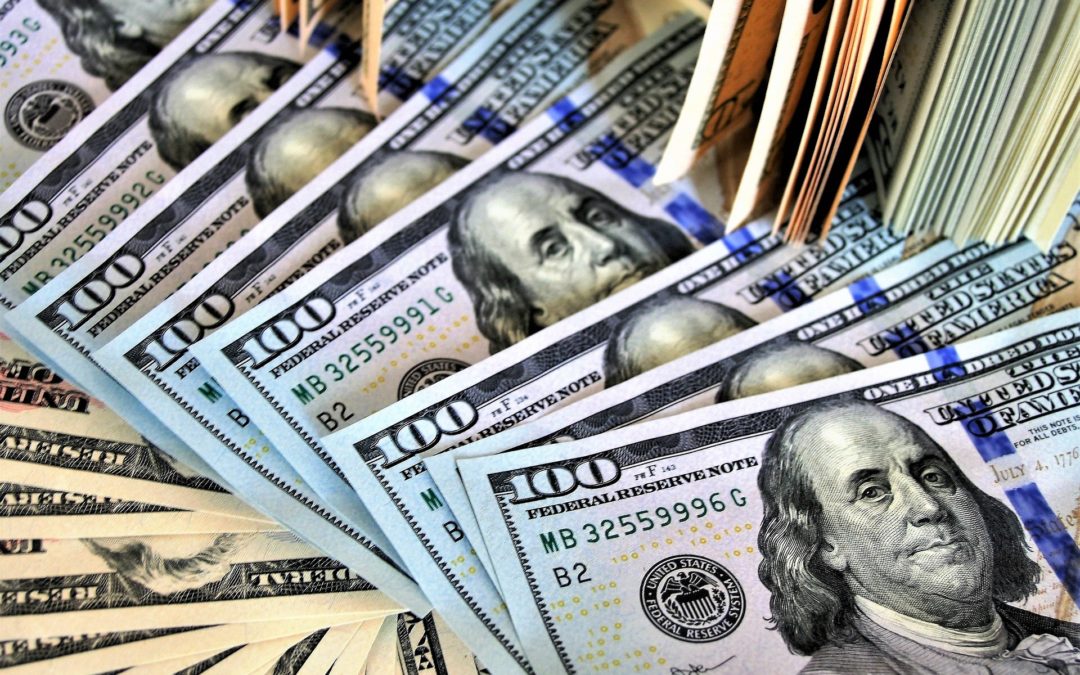Info 1: cash outflow definition
Info 2: how outflow works
Info 3: cash outflow vs cash flow
Info 4: example of cash outflow
Opening information:
The cash outflow sentence breaks into two words cash and outflow, cash means currency, and outflow means things that got out from something.
Cash outflow means money that gets outside of the business. So now let’s have a look at what is cash outflow, how cash outflow works in the public market, and what is the difference between cash outflow and cash flow, finally one clear example of cash outflow.
Info 1: cash outflow definition
Mr.Haklim is a Muslim guy and 28 years old who run a marketing agency for almost more than 7 years. He would hold about 36 percent of the company.
However, his company would pay about 800 thousand dollars for short-term loans, and 1.6 million dollars for purchasing new assets for the company. They were paid about 2.4 million dollars from their business bank account.
Then such a Marketing agency would also receive a net income of 48 million in their same business account. These expenses and income might have a chance to increase or decrease in the future period.
Here the $2.4 million which is paid from the Mr. Haklim Marketing Agency business bank account is what is called a cash outflow.
Whenever any of the business organizations pay any amount of money out of their business bank account as expenses or spending, it is called cash outflow.
Indeed if any business won’t
pay a single penny outside of their business bank account, which doesn’t have an outflow.
This same concept applies to all public Corporations, so a dive into how this cash-out flow works and is involved in the public market.
Info 2: how cash outflow works
Outflow doesn’t represent any specific object or thing, instead, it’s a concept that records and tracks the cash by how much of the cash got out of the business.
Any of the money that is used and accounted as expenses of the business, then such spending of cash is considered as a cash outflow, but that doesn’t mean such expenses are paid out of the business.
If one Industry releases a new income statement, which is a statement of expenses from the revenue, where such expenses are not real spending of one business.
The cash that is obtained outside or out of the real bank account balance is known to be a cash outflow of the one Industry, if the money is not got out from the bank account then such expenses still do not happen.
Normally to understand and find whether a particular business spends money on one activity or not, they need to understand the cash flow statement which is reported by all the public Industries.
However the cash flow reports don’t show any of the categories as outflow cash of the company, instead they are negative numbers which are written in three sections operating cash flow, investing cash flow, and financial cash flow.
Any of the negative numbers or subtracted numbers stated in the cash flow Statement are real expenses that are paid from the business bank account.
The expenses that are accounted for in the income statement are just future deductions alone, but they are not deducted yet from the company, the negative numbers in the cash flow statement are real cash outflows of the business bank account.
Most people’s confused about the cash outflow and cash flow, so let’s jump into the key difference in it anyway.
Info 3: cash outflow vs cash flow.
The difference between cash outflow and cash flow is, that cash outflow refers to the money that comes out of the bank account for business expenses for multiple things.
On the other side, cash flow is the one which demonstrates two things cash inflow and cash outflow of the one business, that’s why business reports have the name cash flow.
So the key difference between the cash outflow and cash flow is cash outflow is part of the cash flow.
To make you more clear about the cash outflow, let’s look into one brief example of it.
Info 4: example of cash outflow.
Say company F is the one that records the two things in the cash flow Statement, one is about the depreciation income of 12 million dollars and the other is about the 15 million dollars of capital expenditure.
Here these two accounting terms of cash flow statements are called cash flow and the 15 million dollars of capital expenditure alone is named and marked as a cash outflow in company F.

